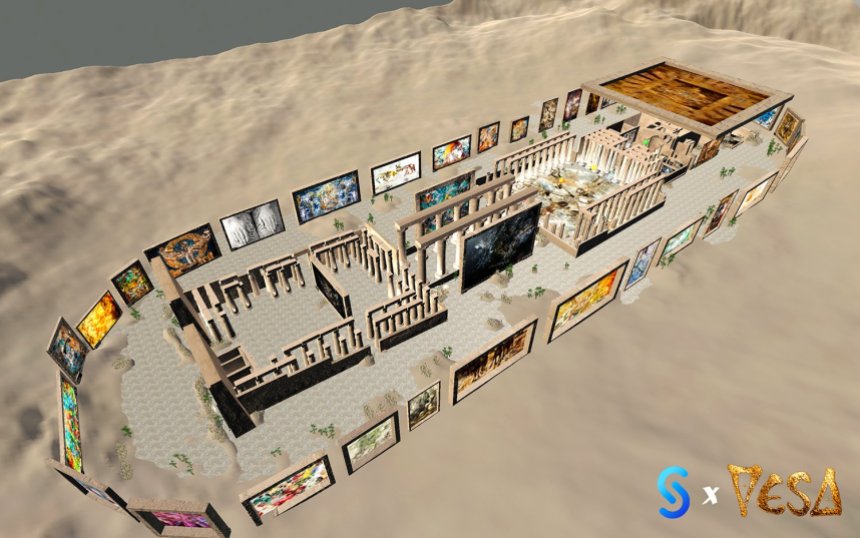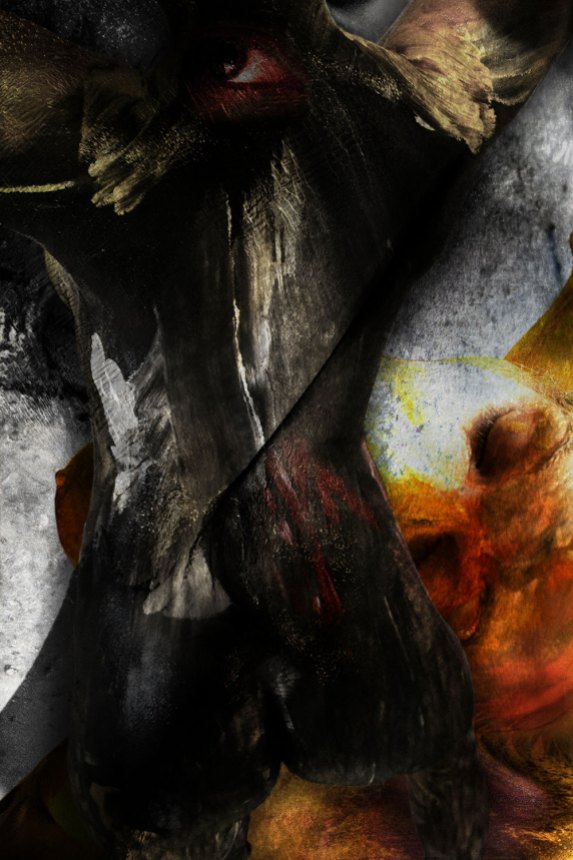This is Human Generated
This is an interpretation of VESA’s appearance on the Human Generated podcast by Omid Honari. The two met during a day of keynote speeches at the Mohammed Bin Rashid library, where as it turns out, both of their topics touched on not only art and its implications, but also spirituality.
It was no wonder that when VESA and Omid sat down to record this podcast, the deeper topics were soon elaborated on.
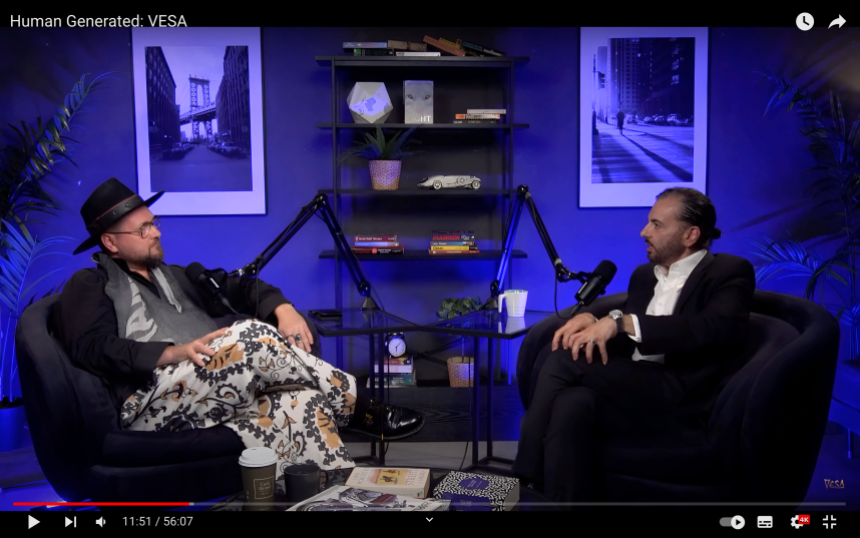 Watch the conversation on Youtube
Watch the conversation on Youtube
Watch it on Spotify
Why read further ( or return)?
Breakdown, links and illustrations:
The conversation took place in late May when Dubai was plunging into the hot temperatures. Vesa told that as a 44-year-old, the elapsing winter was the first where he had enjoyed consistent warm weather, being natively from Finland and having lived in the UK for several years.
‘There’s a lot of cold trauma still to be purged’, he said.
Omid relayed a piece of advice he heard as a boy that coping with cold is much easier than coping with heat, since you always have the option of adding a layer of clothing, but there is only so much you can remove. This advice also speaks to how personal our relationship with the weather and our immediate surroundings is. We rationalize our emotions towards it via stories and these pieces of advice that we tell each other.
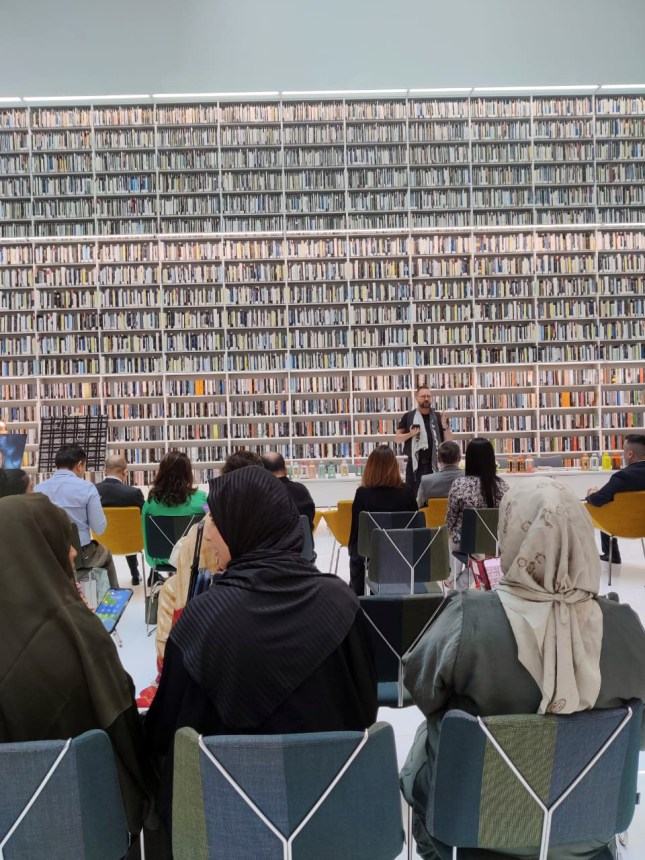 VESA and Omid met at the Mohammed bin Rashid Library in early 2023, where they both were speaking.
VESA and Omid met at the Mohammed bin Rashid Library in early 2023, where they both were speaking.
New Horizons
To delve right into the mouth of the beast, Omid poses an interesting proposition of the constellation of new technologies, NFTs, metaverse and the whole Web3 being at odds with the creative arts as we know it.
‘Most respectfully, I disagree with that, VESA starts.
VESA explains that one of the concepts that governs how he views art, and life itself, is Ken Wilber’s Integral Theory. This theory helps to see yourself, your contribution, philosophies, and beliefs as functional parts of the elaborate whole. This way of approaching art is not taught in colleges and universities, where most art history begins or at least emphasises the post-modern period without studying the roots of why humans began creating art in the first place, namely cave painting and body painting.
With a fractionalized outlook on art, new technologies can feel like a jarring, disjointed note in the melody of human creativity, whereas from the Integral point of view, these are tools that if utilized to their utmost potential, will remove the old gatekeeping systems for more creativity to blossom in society.
‘My LUXOR- inspired art gallery is a great example of this. It uses new technologies, it breaks barriers of entry and in substance, it studies the origins of art, VESA says.
‘It’ll take a little bit of time, and whether the traditional art institutions will adopt this remains to be seen, since their interest is so much in identity politics, but for people, this means total freedom’, he explains.
The Luxor Metaverse temple is live with Superworld
Possibilities or threats
Omid agrees that the limitation of the current arts education seems to be that it is taught from the perspective of the current ideological climate, and it must go along the epoch of our time and what that does is hides the vastness of possibility that is currently available.
Intrigued by VESA’s mention of primordial art, Omid asks next how does an artist with a capital A bridge together the gap of something so corporal, so essential as body paint with something as cerebral and intangible as the digital realm.
‘When I saw my first model with full body paint in my studio, I knew that this was it, it was like a superhero had appeared in front of me’, VESA says.
‘But when it comes to embarking on the digital journey, I had no other choice. My method dictated that my originals were digital ever since 2008, and this was a major issue for the art institutions before the advent of NFTs. They would ask for an oil original that I didn’t have’.
“Escapist” was the first bopypainting and photography based collage work VESA made in 2008.
‘The technology that facilitates Bitcoin is the turning point in digital scarcity and digital ownership, because it facilitates digital assets, like artworks, that are as rare as the physical Mona Lisa’.
Omid then points out that isn’t one of the most valuable digital artworks verified on the blockchain a picture of a monkey, homing in on his original point of new technologies diluting actual artistic endeavour.
‘There’s some genius marketing behind that project, and it gains its value also through being an access pass. What it’s not is art’, VESA explains.
‘How is the casual consumer going to gain an education about the difference between these two categories?’, Omid asks.
VESA explains that this is a deeper issue than what meets the eye, how in the words of the cultural critic Camille Paglia we are on the brink of another cultural Renaissance, should we take the steps to get there, but our institutions are not paving the way for our collective consciousness to get there. He also re-iterates the difference between the collectible digital art and the digitized fine art, where the only common factor is the underlying technology. Having said that, VESA expresses how positive it is that the gatekeeping of the old system is coming down due to technological advancements.
His native country Finland is a great example of this, where a lot of government grants are given only to art that perpetuates a certain narrative. This suffocates actual creativity and resembles more a high-school student, who studies what he knows the teacher cares the most about, not what is relevant.
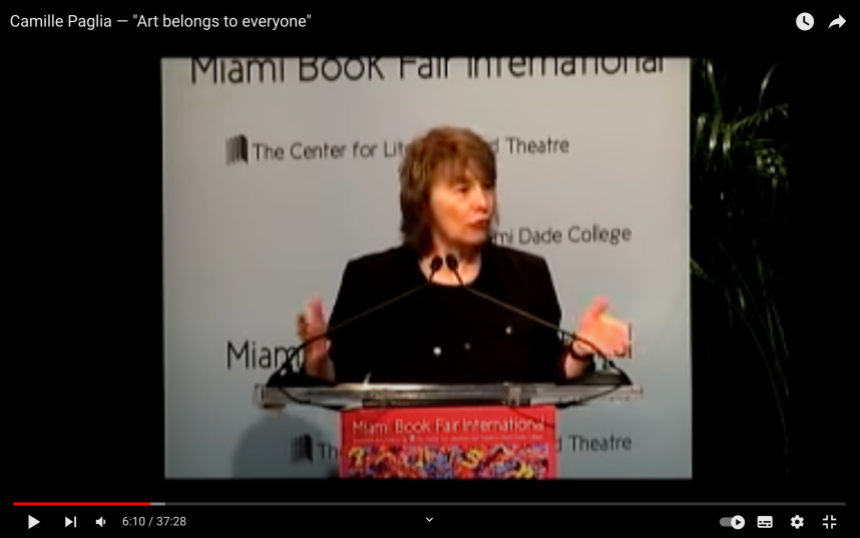 The Camille Paglia lecture “Art belongs to everyone” has been one of the themes that have inspired this direction of thought.
The Camille Paglia lecture “Art belongs to everyone” has been one of the themes that have inspired this direction of thought.
The Origins
As VESA has mentioned Finland, and the general climate of art there, Omid is interested to know how art and VESA came to be.
‘What was the origin story?’, he asks.
‘It’s always been about connection, and the two points in time that come to mind are my connection to music, and especially African drums that lit something up inside me, and my connection to something spiritual that I experienced, when I very nearly drowned as a six-year-old.’, VESA says.
‘At its best, it doesn’t even feel like I am the one who is doing it. And skill comes into play so that it takes a form that others might enjoy as well, but it’s always about that connection that drives everything I do creatively’.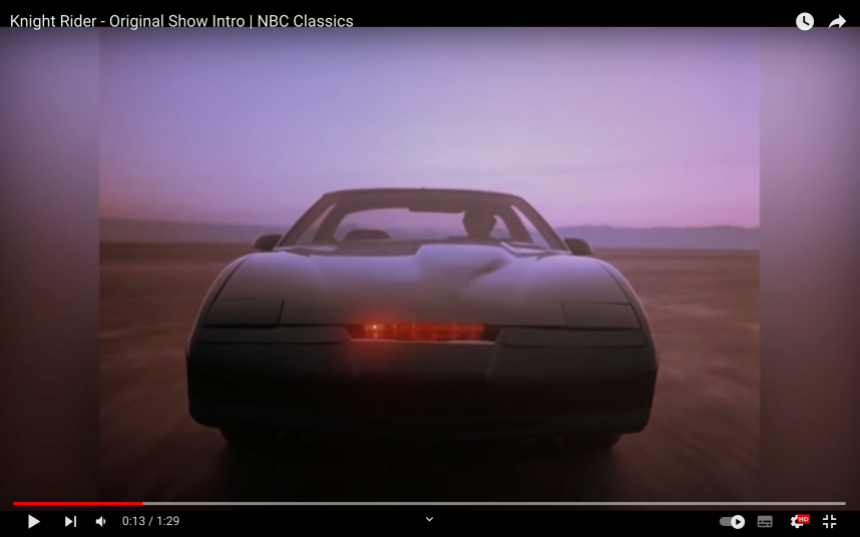
The Knight Rider theme was the first song to get VESA to play to be a rock star as his toy plastic axe as the guitar, sliding on his knees across the room as a 5 year old.
‘So where is the divine for you, then?’ Omid asks.
‘One of the books that talks about this is called Flower of Life, and it explains that this pattern at the very core of everything that comes into being is all coming through the One, but the multitude of expressions that the One takes, is our experience of the world’,
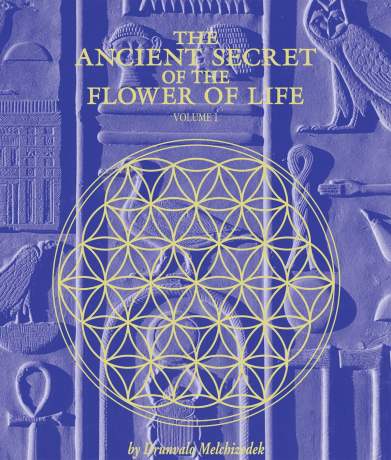
The ancient secret of the flower of life was a significant book to read while travelling shooting a documentary in Egypt and Mexico in 2012.
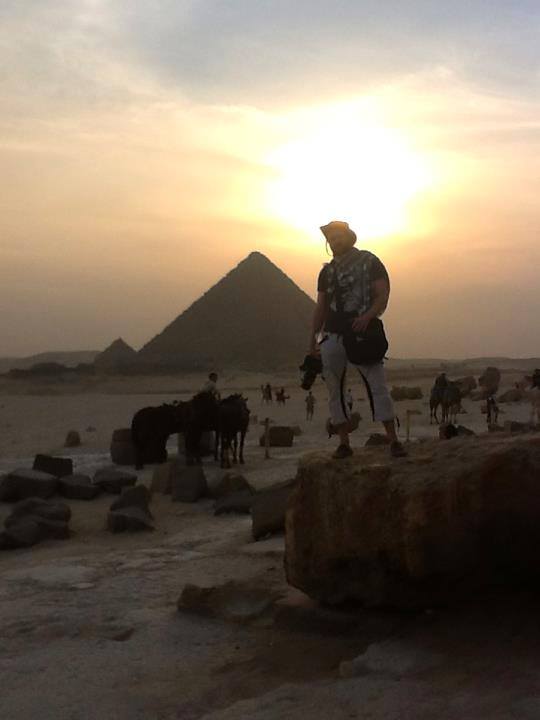
‘In terms of humans, I see the brain much more a receiver than a generator’, VESA says as he hints towards his understanding of the divine.
‘My traumatic experience of nearly drowning was so pivotal to my creative growth because it brought me violently close to that origin point, the point of ultimate connection to God. Maybe I remembered something, maybe I have been here before – it is a possibility’, VESA expands.
Omid illustrates our longing for our origins beautifully through a famous opening to a poem by Rumi, which describes the haunting sound of the reed pipe, longing to return to the whole it was cut from. Perhaps we are like the reed pipe, the divine breath moving through us, but always hankering to get back into unity with our origin.
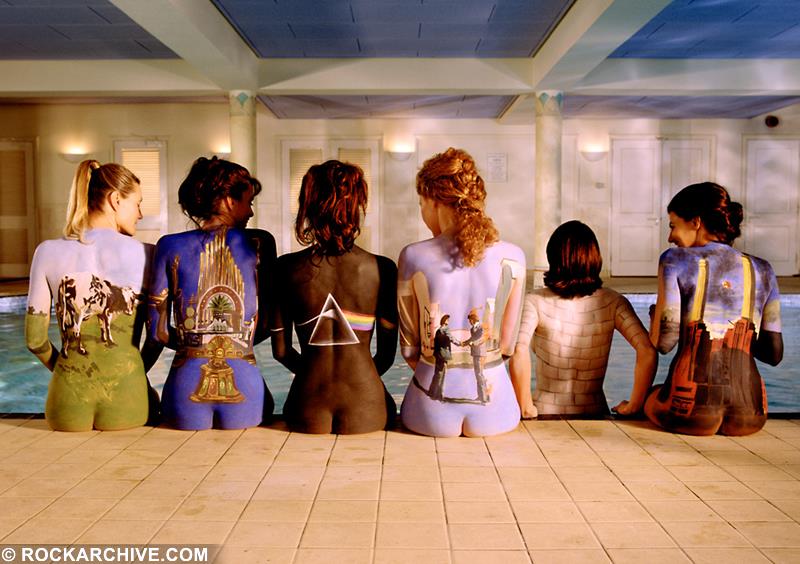
The Pink Floyd “Back catalogue” poster on VESA’s wall as a teenager likely had a significant impact on his life choices later on.
Different bodies
Omid draws a parallel between VESA’s method of bodypainting and seeing inanimate objects as bodies, such as the body of a car that Omid had seen at an event recently. Does VESA see his Art Cars and other painted objects as a continuation of his bodypainting methodology?
‘In some sense, it is still human centric, because these different bodies are still painted for humans to admire’, VESA starts.
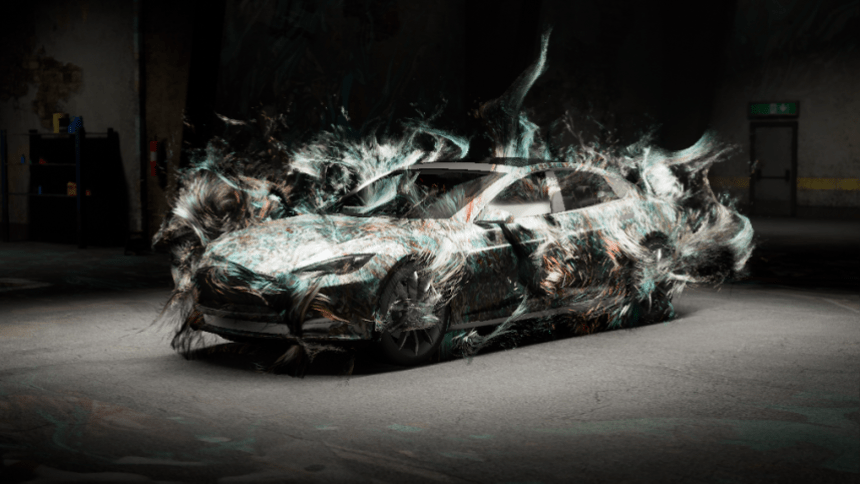
The Dr Marwan Tesla covered in art in Dubai also has a digital douible made by Zoan.
‘I also want to be incredibly respectful towards Islam, and not to portray a human as an idol, so I have a lot to study on how to bring to the front my goal of showcasing the divine spark in the human form, how He made us so magnificently’, VESA says.
‘In that spirit of further conversation and discussion, we could go on for so much longer, but I want to invite you to the possibility of having a second episode with you,
‘Inshallah’, VESA says.
Watch the conversation on Youtube
Watch it on Spotify
______
Until next time,
VESA & Lotta
Crypto & NFT Artist
All links to physical, NFTs, and more below
http://linktr.ee/ArtByVesa
Disclaimer: The article is provided for educational purposes only. It does not represent the opinions of NewsBTC on whether to buy, sell or hold any investments and naturally investing carries risks. You are advised to conduct your own research before making any investment decisions. Use information provided on this website entirely at your own risk.


